The next natural attraction we visit is the Colca Canyon near Arequipa. The valley begins beautifully but not very spectacularly near Chivay and gradually eats its way deeper and deeper to become the third deepest valley in the world. The Colca Valley, or Colca Canyon, is only surpassed in terms of depth by the Grand Canyon in the United States of America and the Tara Gorge in Montenegro. What does a canyon depth of 1,200m look like? We’ll tell you in the following sections.
Chivay – hot springs right by the river
We spend the first night in Chivay and find an exceptional spot right by the river. At the high altitude, however, both the river and the air are very cool, so the conditions are not ideal for an early morning swim. However, the entire course of the Colca River has the peculiarity that hot water repeatedly emerges at the bottom and mixes with the rest of the river water. Therefore, we have a hot water spring directly opposite our sleeping place – certainly 60°C, too hot to bathe in it directly. The local population probably also uses this spring for a free thermal bath. Accordingly, two small pools have been formed with stones and an additional stream of cold water from the river allows the water temperature in the pool to be regulated. Perfect – one of the best ways to start the day! A thermal bath in nature for breakfast is wonderful!
Drive through the Colca Canyon
After a leisurely start, we continue our journey through the Colca Canyon. We visit various viewpoints and slowly realize the enormous dimensions of the Colca Canyon. The road always remains at roughly the same height, but we quickly lose sight of the Colca River as it eats its way deeper and deeper through the rock. It is impressive how even the last few meters of land before the really steep slopes are used for agriculture and are separated from each other by stone walls. The landscape looks a bit like a large mosaic due to the different colors of the cultivated terraces. The landscape is therefore already very impressive, but a special highlight, which also has to do with the national pride of the Peruvians, is still to come.
Cruz del Cóndor viewpoint
The Cruz del Cóndor – the Cross of the Condor – is actually the viewpoint in the Colca Valley where we can marvel at one of Peru’s three national animals in the wild. The Andean condor is the largest flying bird of modern times and we can watch it circling over the cliffs of the Colca Canyon. We are ready early in the morning so as not to miss the condors. However, the condors are dependent on the thermals, which means that they can only be seen occasionally before 08:30. But from then on, we are fascinated by the sight for just over an hour. A good dozen condors gradually emerge from the steep slopes of the Colca Canyon and circle below, in front of and above us before moving further into their territory. Really exciting, with a wingspan of up to three meters, they are really big birds, obviously a must be with the largest birds in the world. And fittingly, we are at the Cruz del Cóndor viewpoint on Peru’s national holiday – July 28. We are far from being the only tourists. We watch the spectacle of the flying condors with masses of presumably patriotic Peruvians. The detour into the Colca Valley is well worth it.
Now we head back over the highest pass on our trip so far at almost 5,000m near Patapampa and afterwards descend to a more moderate altitude of 2,500m near Arequipa. We have a lot of plans in Arequipa, we’ll report back!
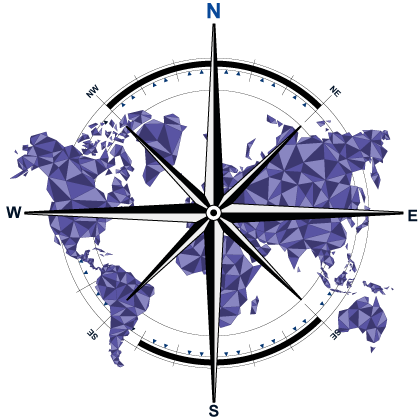
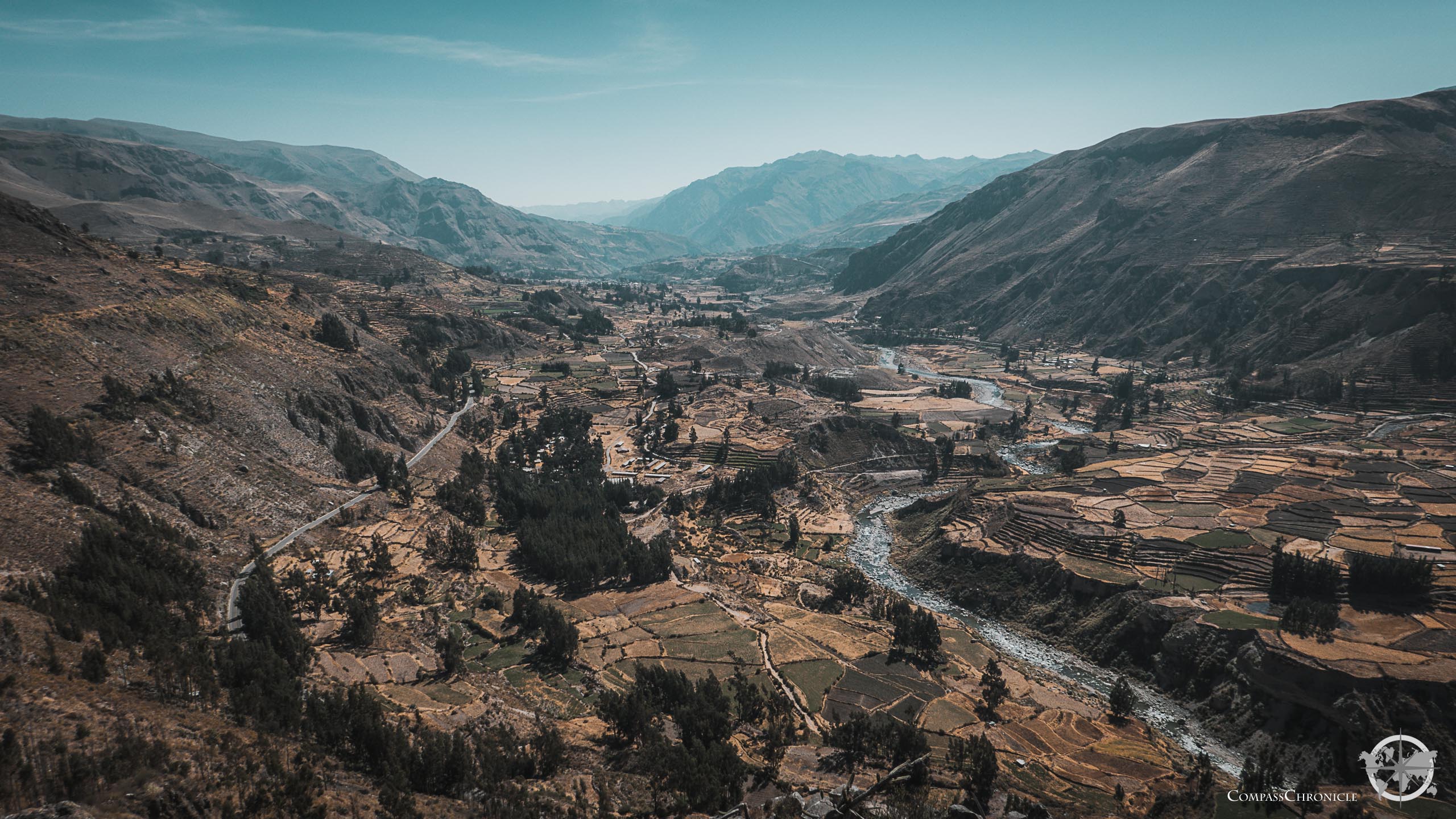

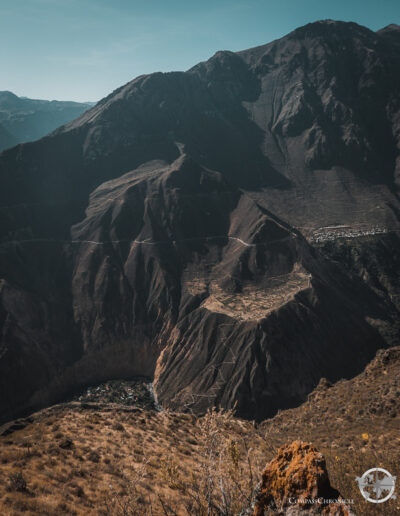
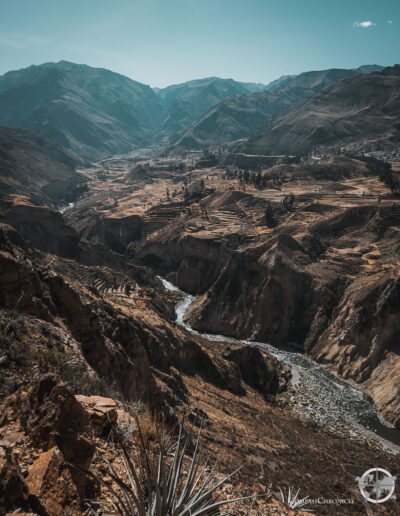
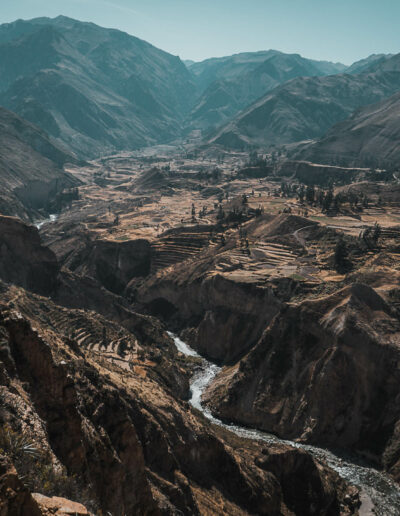

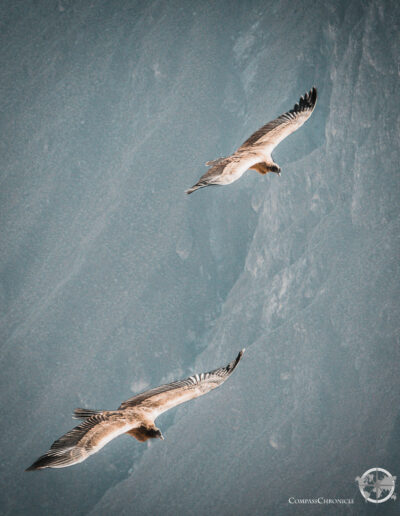


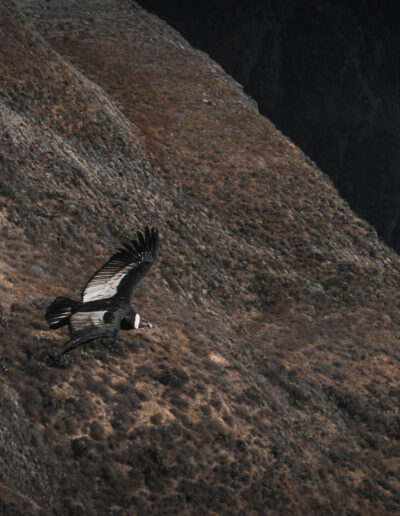
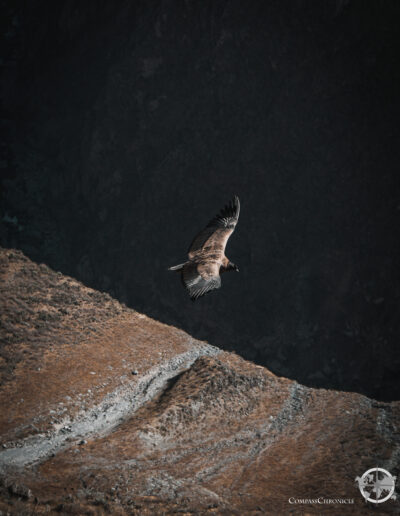

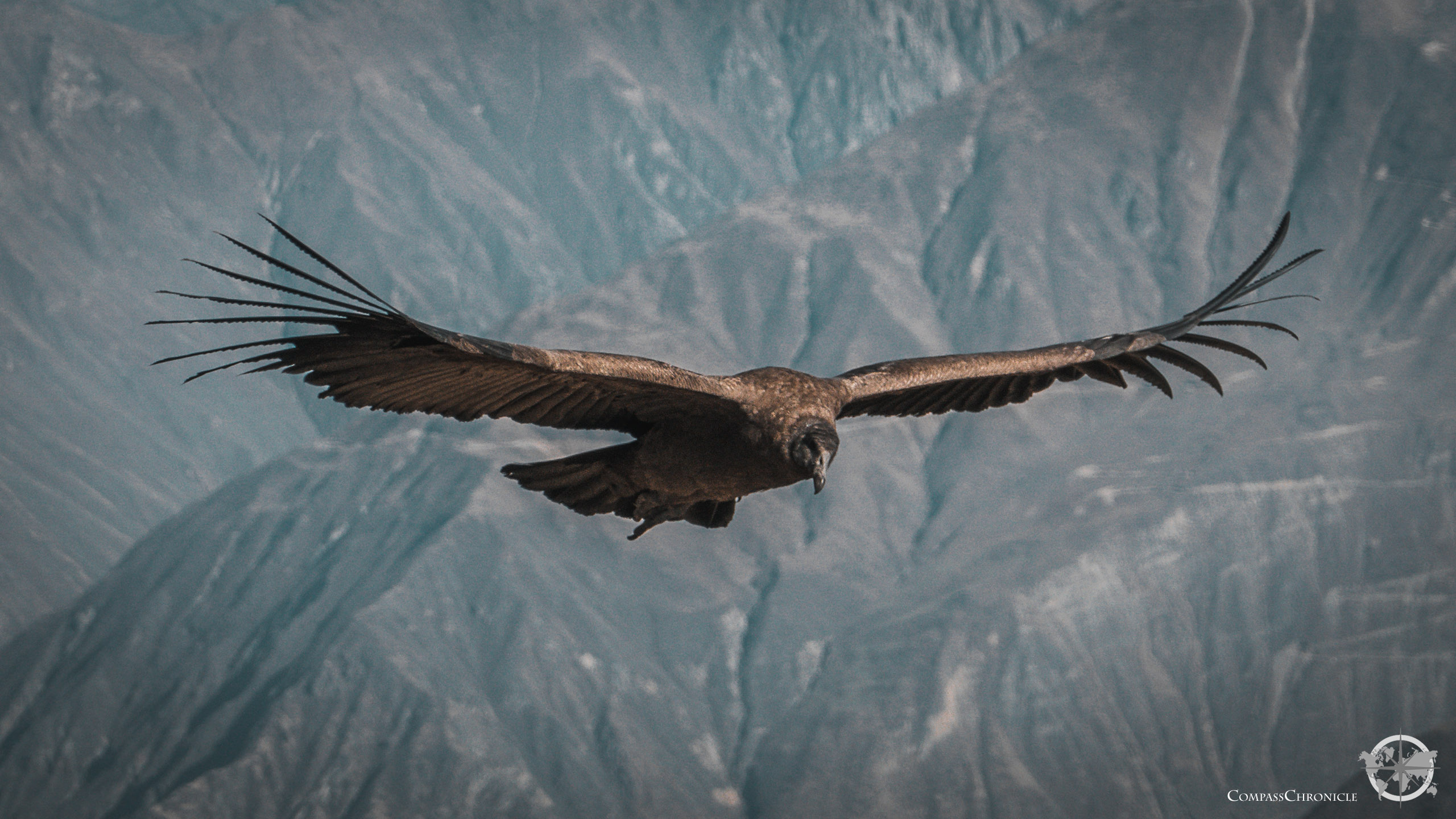
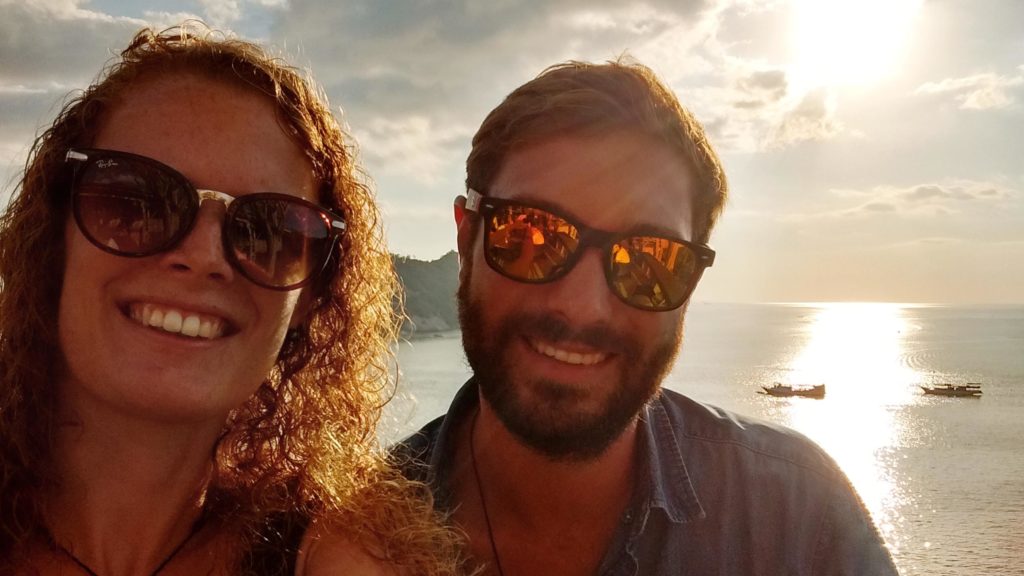
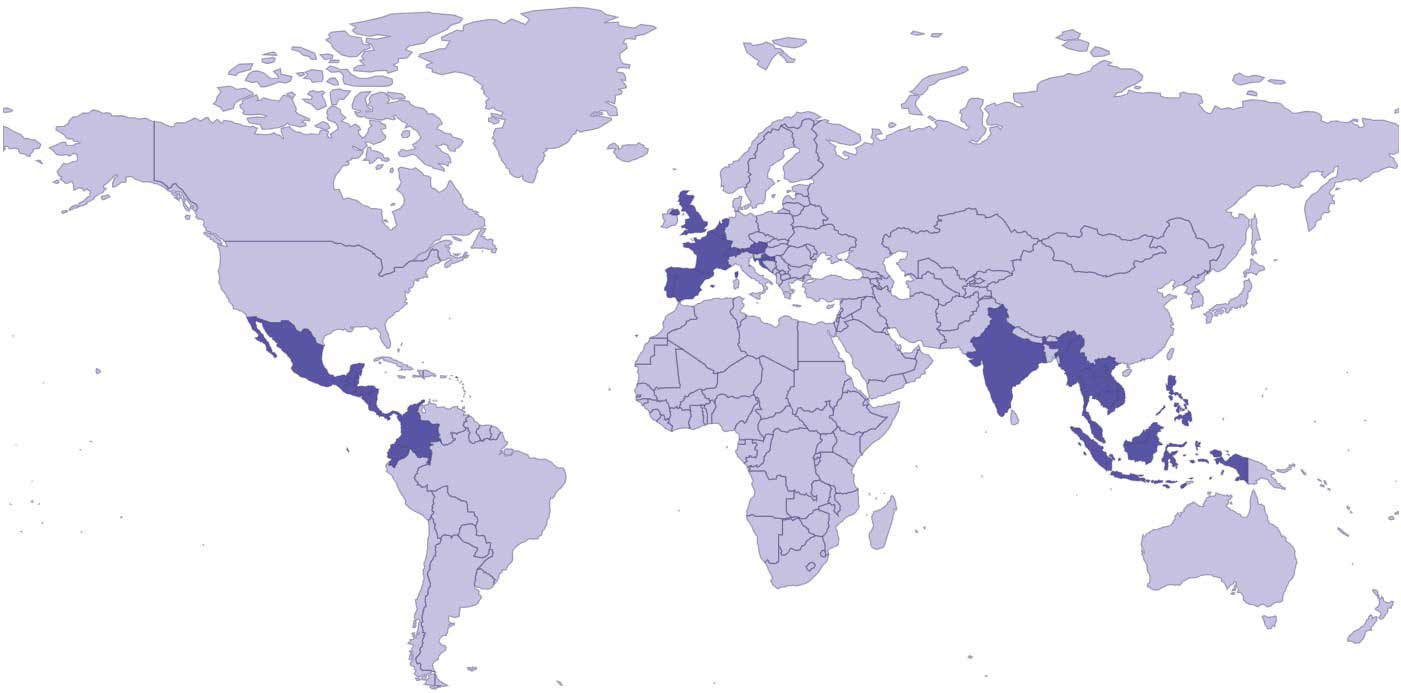
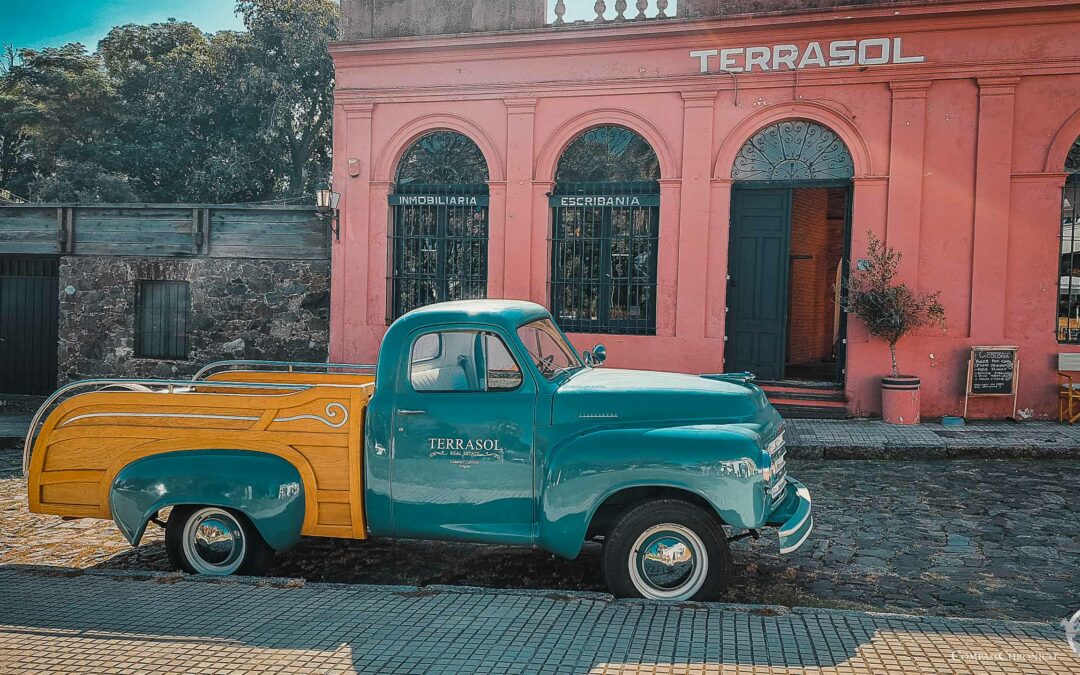
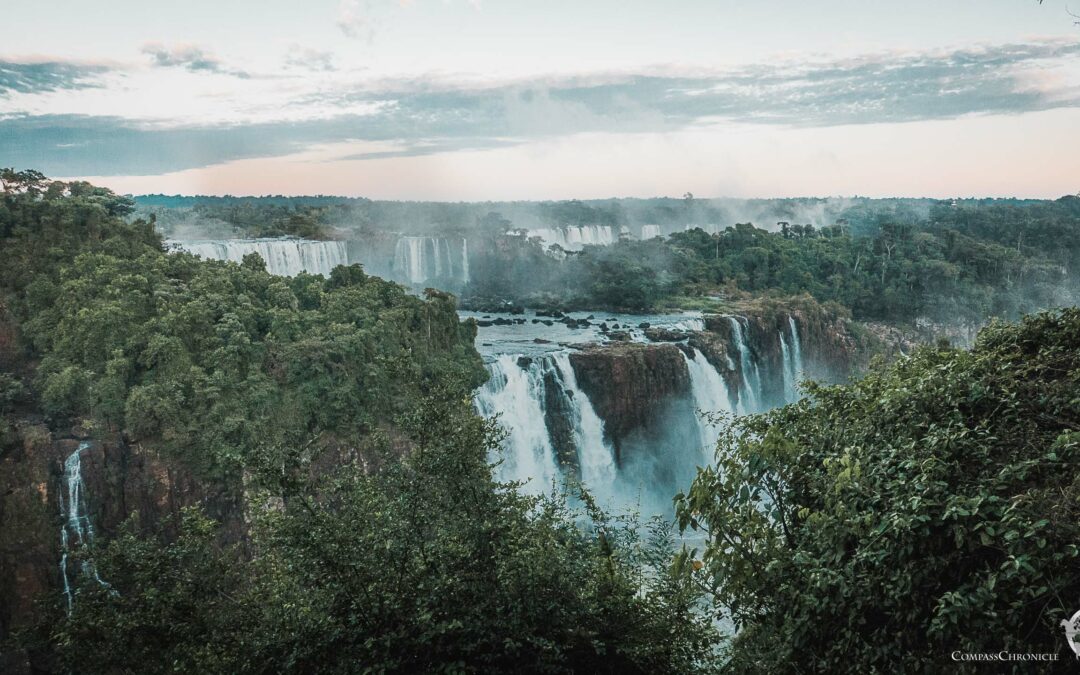

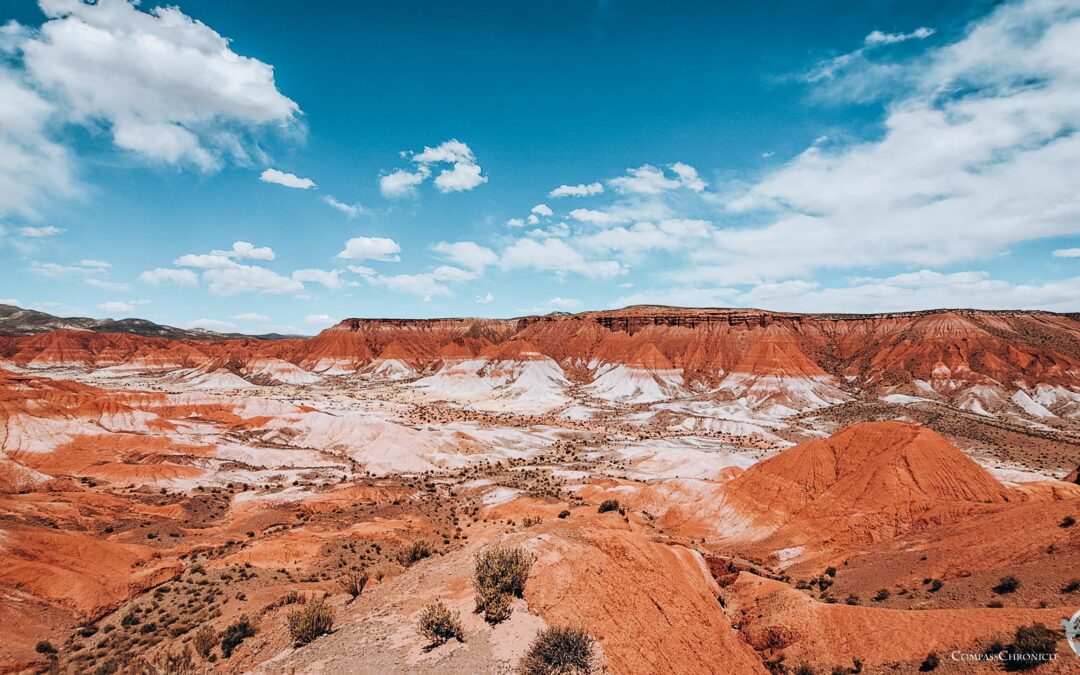
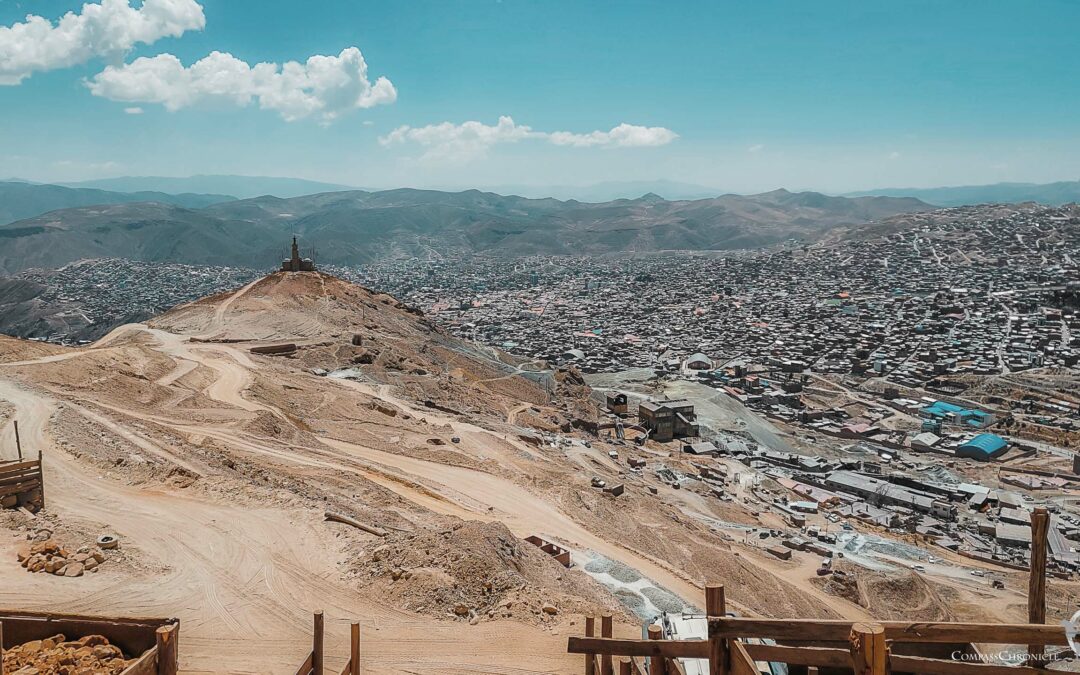
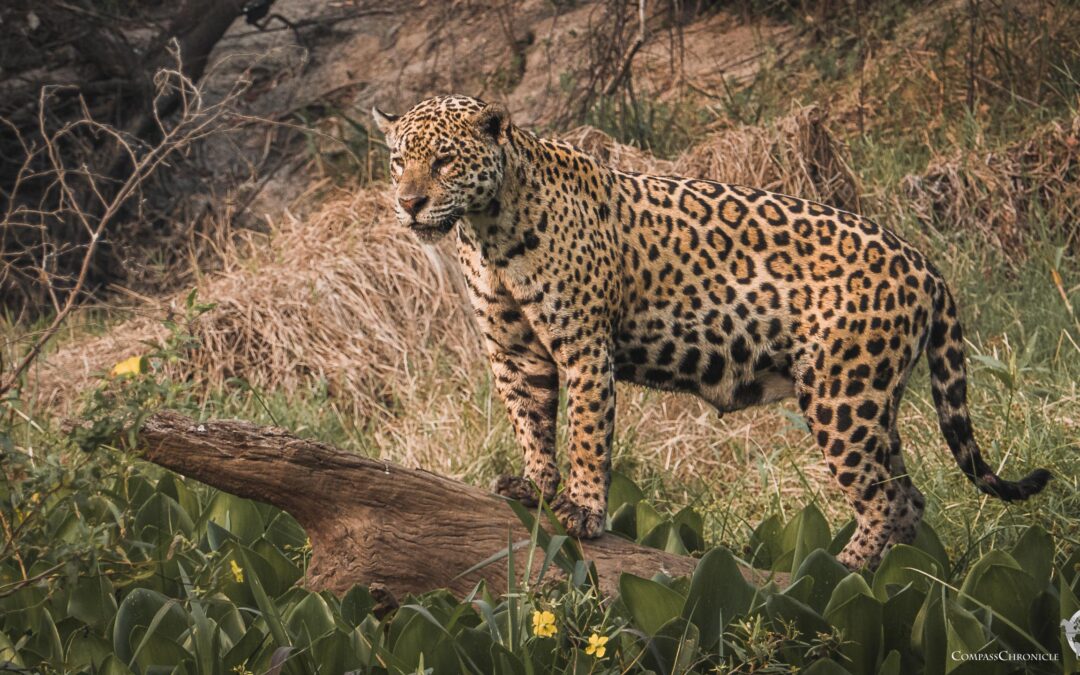
0 Comments